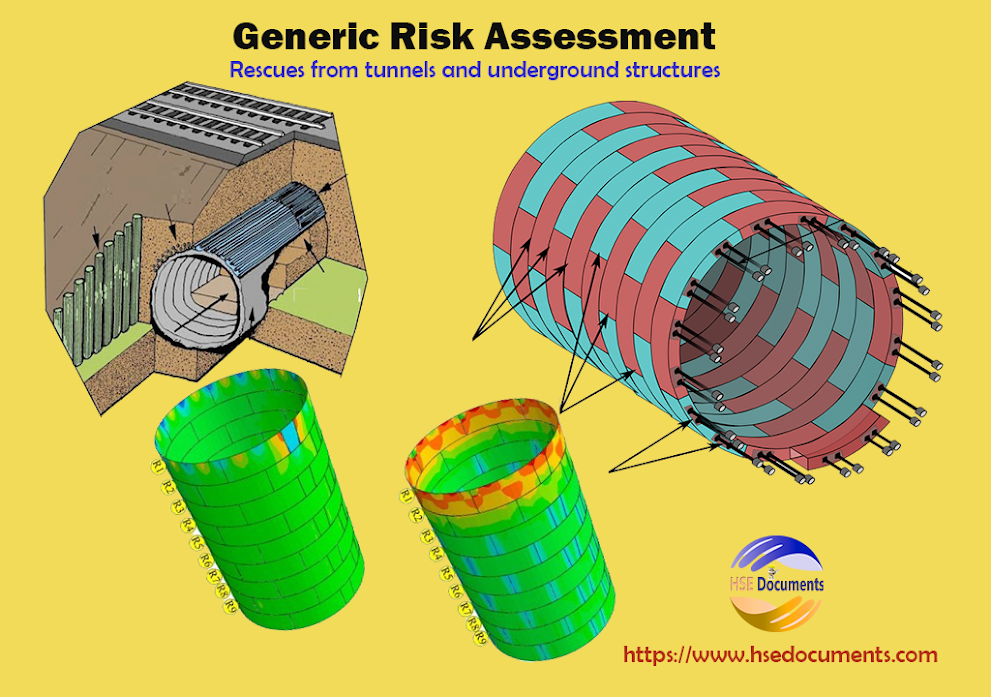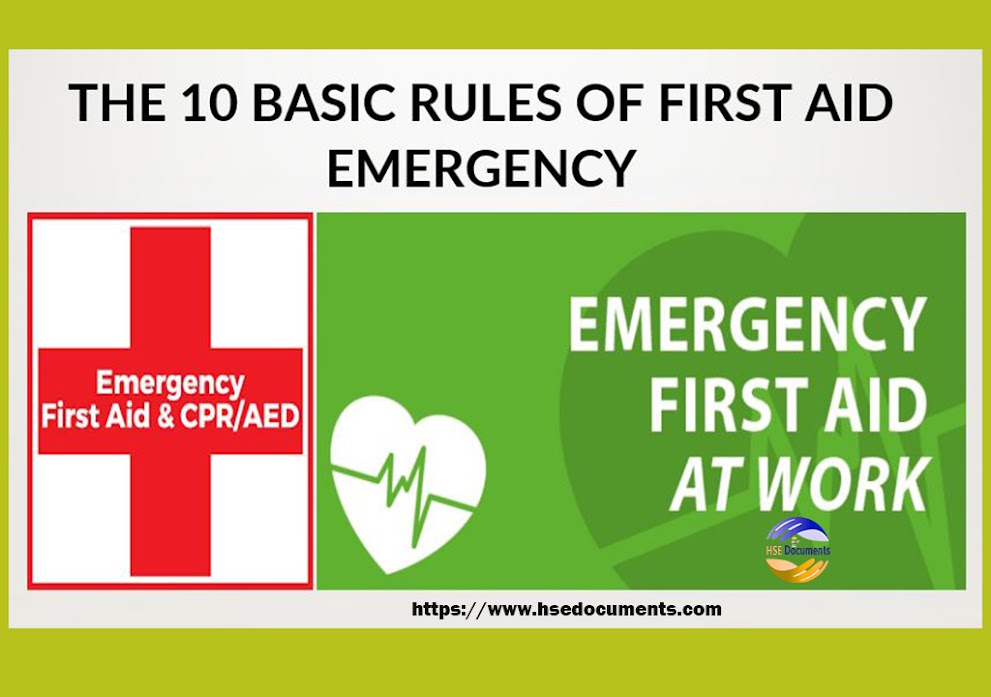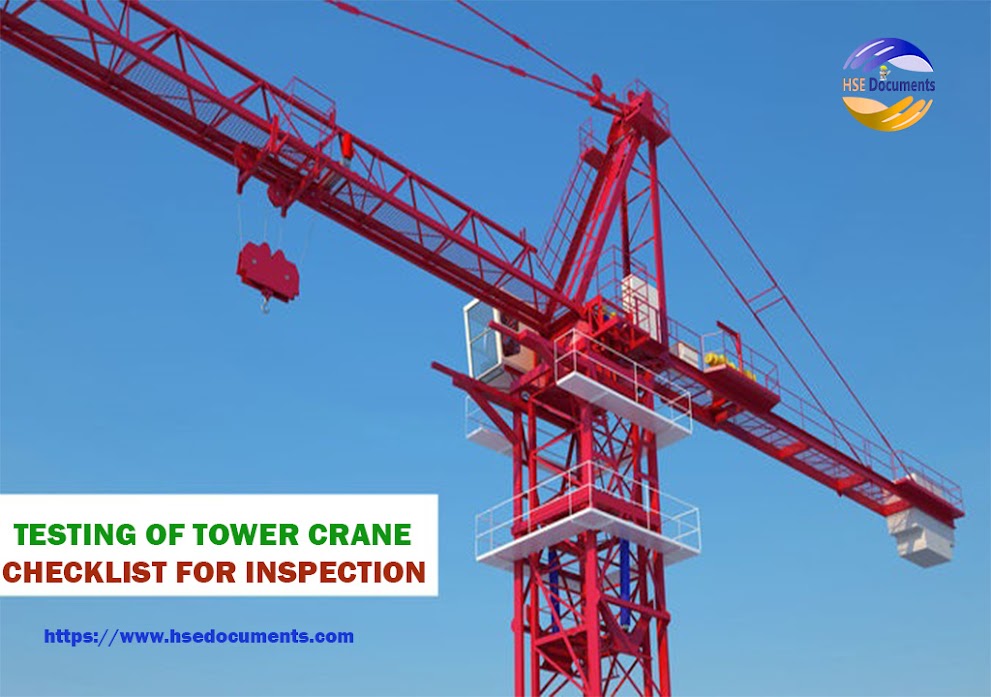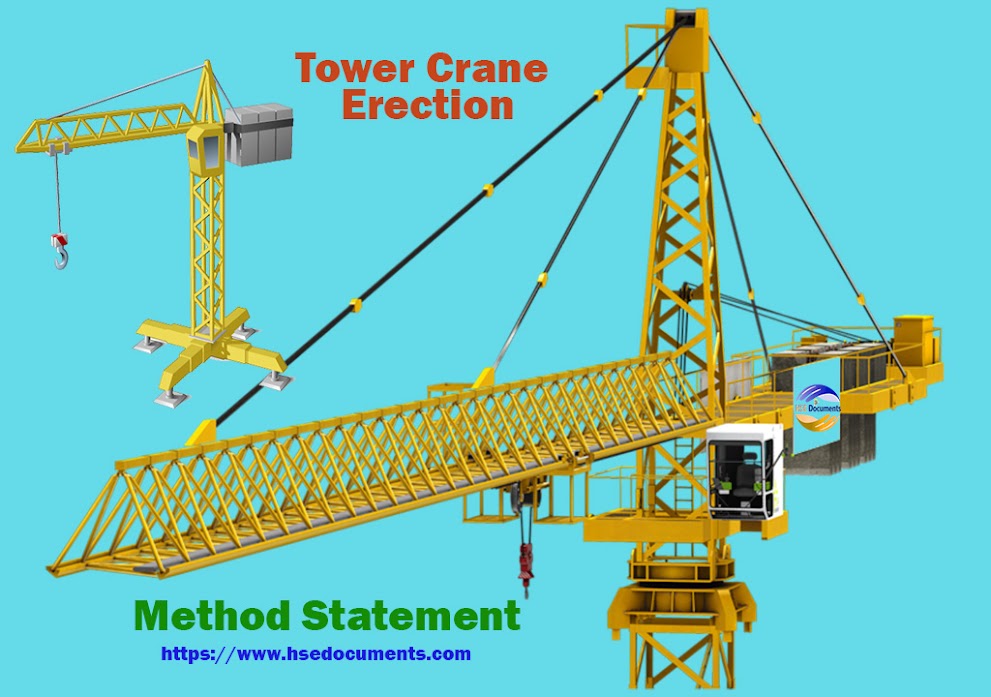Supported Type Scaffold Safety
An Overview of Scaffold Safety
What Topics to be Covered in the Attached Training PowerPoint File:
Scaffold hazards
- Duties of a “competent person”
- Basic scaffold requirements
- Fall protection and guardrails
- Employee training
- Hazards of Scaffold Work
According to the Scaffold Industry Association (SIA), the five most serious & fatal scaffold hazards are:
- Falls
- Unsafe access
- Falling objects
- Electrocution
- Scaffold collapse
- Falls, scaffold collapse and electrocution account for most scaffold related fatalities.
- A combination of regular inspection and consistent training of workers can go a long way to reducing these risks.

Supported Type Scaffold Safety



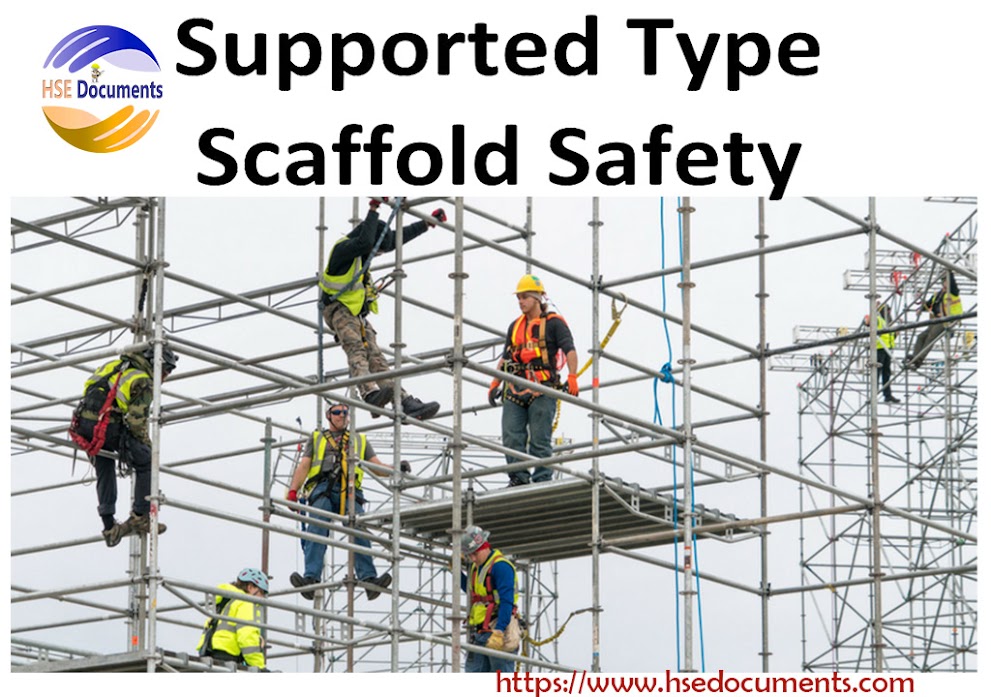
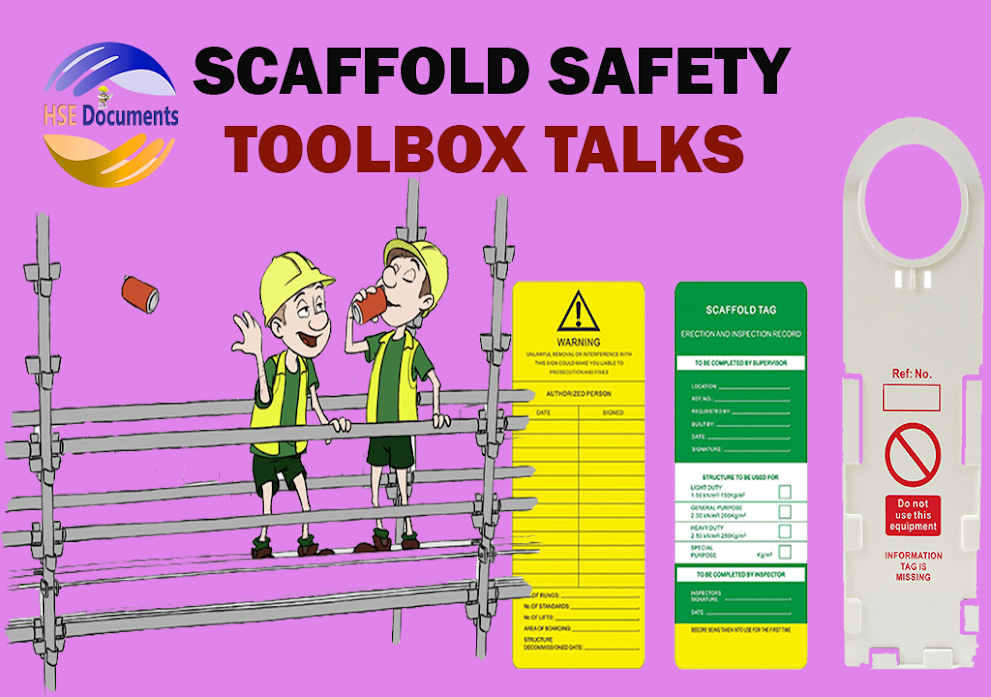






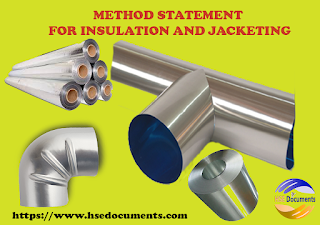




.png)
.png)
